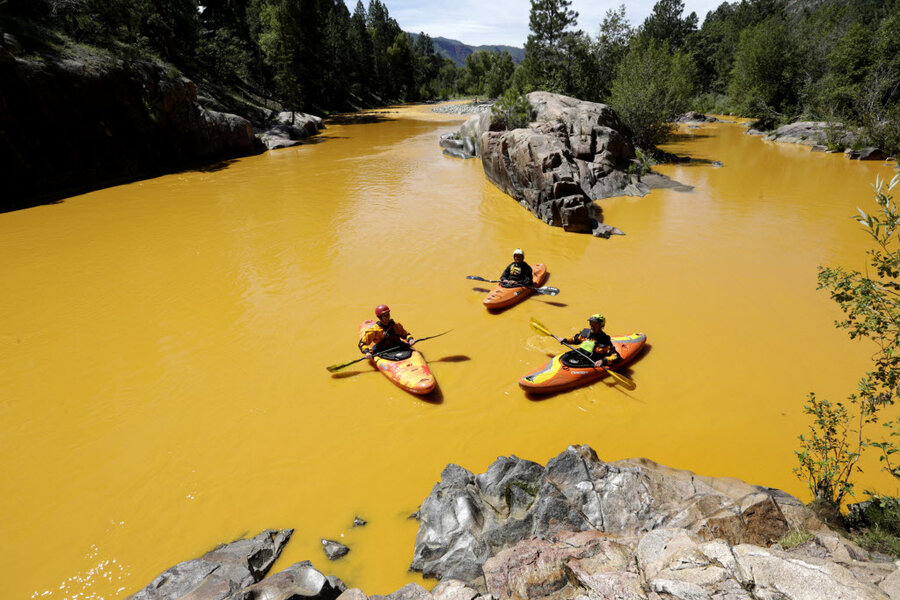EPA should have prevented toxic Animas river spill, federal investigation finds
Loading...
A government investigation has found the US Environmental Protection Agency is at fault for a massive wastewater spill in Colorado.
The wastewater spill from a Colorado gold mine polluted rivers in three states, turning the water mustard yellow. Investigators from the US Interior Department have concluded that the EPA could have avoided such a spill if they had checked the water levels in the Gold King Mine before digging. The EPA was attempting to manage the levels within the mine to prevent the exact spill they have now been blamed for causing.
With hundreds of thousands of mines across the United States and 500,000 in the West alone, the findings and report could have wide-reaching implications.
The EPA is conducting its own investigation, which is still pending.
EPA documents show that officials knew of the potential for a wastewater spill and described it as “likely inevitable.”
The report from the Interior Department disagrees. Investigators asserted that if the EPA team had drilled into the mine from above in order to test the water levels, they would have had a better idea of the danger of a blowout.
"This error resulted in development of a plan to open the mine in a manner that appeared to guard against blowout, but instead led directly to the failure," engineers from the Interior’s Bureau of Reclamation, who evaluated the blowout for months, told the Associated Press.
Environmentalists are hopeful that images of the wastewater spill will spur more action to help clean the abandoned mines and improve the environment.
They cite the 1969 Cuyahoga River, which became a visible symbol of the nation’s rampant water pollution problem. The surface of the river was so contaminated with oil that it caught fire and damaged a railroad bridge. The situation spurred passing of environmental laws like the Clean Water Act.
The mustard colored waters of Cement Creek and the Animas River have the potential to provide a similar visual symbol for another generation of environmental protection laws, advocates say.
The wastewater spill “might be a great teaching moment,” Judith Kohler, spokeswoman for the National Wildlife Federation office in Denver, told The Christian Science Monitor in August.
This report includes material from the Associated Press.








